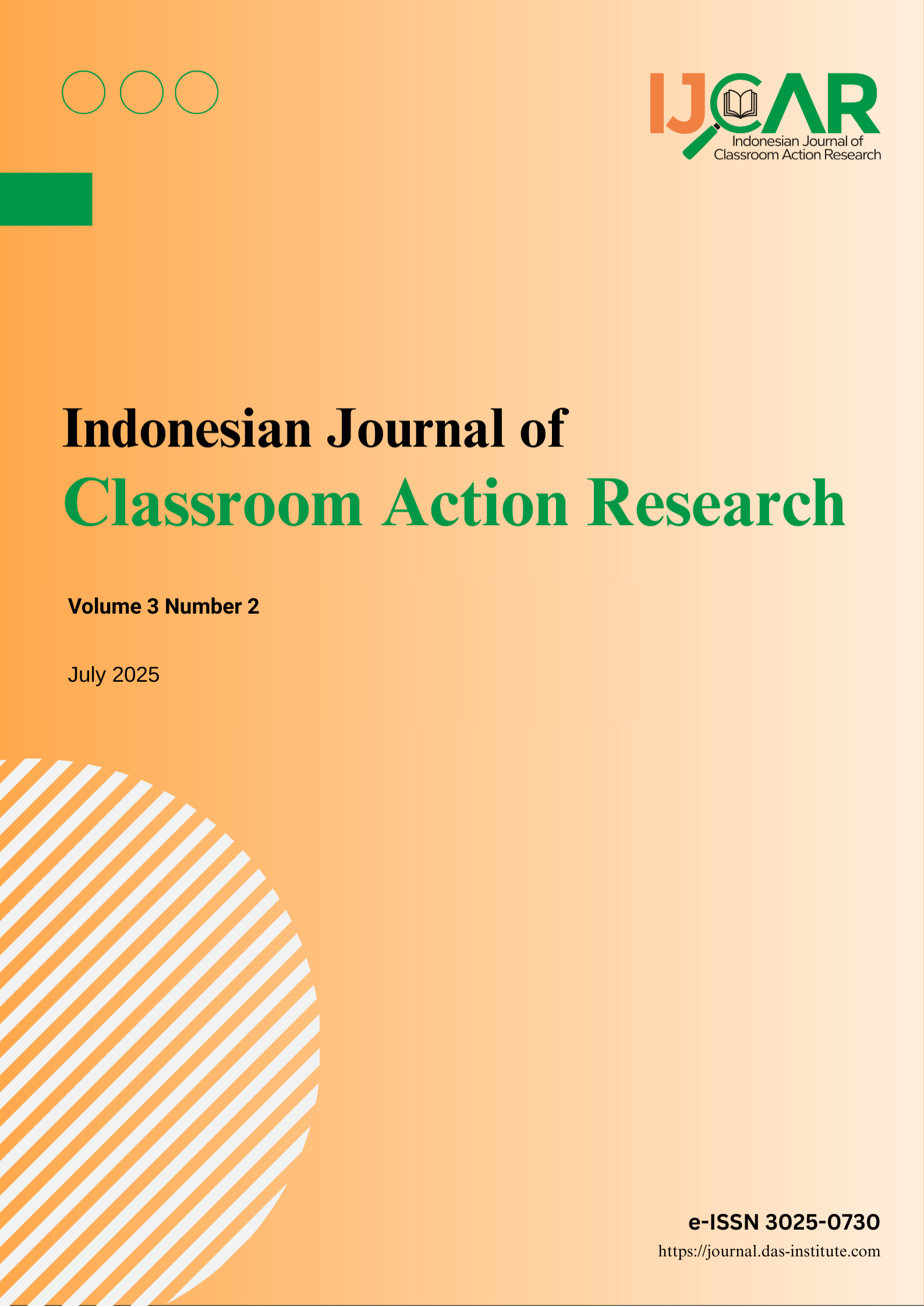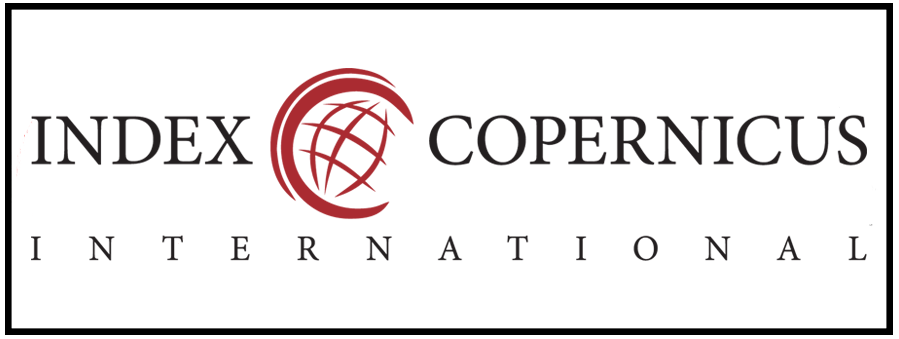Rethinking Literature Reviews: Key Pitfalls and Strategies for Postgraduates
DOI:
https://doi.org/10.53866/ijcar.v3i2.883Keywords:
academic writing, conceptual framework, critical synthesis, literature review, methodology, postgraduate research, research gaps, thematic analysisAbstract
The literature review was a fundamental component of postgraduate research, but it was often misinterpreted and underused as a vital tool for critical analysis. This study explored common pitfalls encountered by postgraduate students in constructing literature reviews, including over-reliance on descriptive summaries, thematic fragmentation, outdated sourcing, and insufficient synthesis across studies. Through a qualitative content analysis of peer-reviewed guidelines and academic writing literature, key themes emerged that emphasised the importance of thematic organisation, critical engagement with current and high-quality sources, explicit identification of knowledge gaps, and consistent alignment with research questions. The findings highlighted the need to integrate conceptual and theoretical frameworks as intellectual scaffolding and to promote reflexivity to enhance scholarly rigour. This study offered practical recommendations for postgraduate researchers to transform the literature review from a mere summary into a compelling, theory-informed argument that effectively justified the relevance and originality of their research.
References
Anfara, V. A., & Mertz, N. T. (2015). Theoretical frameworks in qualitative research (2nd ed.). SAGE.
Badenhorst, C. (2018). Citation practices of postgraduate students writing literature reviews. Education Resources Information Center (ERIC). https://files.eric.ed.gov/fulltext/ED590932.pdf
Berger, R. (2015). Now I see it, now I don’t: Researcher’s position and reflexivity in qualitative research. Qualitative Research, 15(2), 219–234. https://doi.org/10.1177/1468794112468475
Booth, A., Sutton, A., & Papaioannou, D. (2016). Systematic approaches to a successful literature review (2nd ed.). Sage Publications.
Boote, D. N., & Beile, P. (2005). Scholars before researchers: On the centrality of the dissertation literature review in research preparation. Educational Researcher, 34(6), 3–15. https://doi.org/10.3102/0013189X034006003
Chigbu, U. E., Atiku, S. O., & du Plessis, C. (2023). The science of literature reviews: Searching, identifying, selecting, and synthesising. Publications, 11(1), Article 2. https://doi.org/10.3390/publications11010002
Collins, C. S., & Stockton, C. M. (2018). The central role of theory in qualitative research. International Journal of Qualitative Methods. https://doi.org/10.1177/1609406918797475
Cronin, C. (2011). Doing your literature review: Traditional and systematic techniques. Evaluation & Research in Education, 24(3), 219–221. https://doi.org/10.1080/09500790.2011.581509
Finlay, L. (2002). Negotiating the swamp: The opportunity and challenge of reflexivity in research practice. Qualitative Research, 2(2), 209–230. https://doi.org/10.1177/146879410200200205
Grant, C., & Osanloo, A. (2014). Understanding, selecting, and integrating a theoretical framework in dissertation research: Creating the blueprint for your “house.” Administrative Issues Journal, 4(2), 12–26.
Grant, M. J., & Booth, A. (2009). A typology of reviews: An analysis of 14 review types and associated methodologies. Health Information & Libraries Journal, 26, 91–108. http://dx.doi.org/10.1111/j.1471-1842.2009.00848.x
Kraus, S., Breier, M., Lim, W. M., Ferreira, J. J. M., & et al. (2022). Literature reviews as independent studies: Guidelines for academic practice. Review of Managerial Science, 16(3), 779–811. https://doi.org/10.1007/s11846-022-00588-8
Machi, L. A., & McEvoy, B. T. (2012). The literature review: Six steps to success (2nd ed.). Corwin.
Okoli, C. (2015). A guide to conducting a standalone systematic literature review. Communications of the Association for Information Systems, 37, Article 43. https://doi.org/10.17705/1CAIS.03743
Okoli, C., & Schabram, K. (2010). A guide to conducting a systematic literature review of information systems research. SSRN Electronic Journal. https://doi.org/10.2139/ssrn.1954824
Paez, A. (2017). Gray literature: An important resource in systematic reviews. Journal of Evidence-Based Medicine, 10(3), 233–240. https://doi.org/10.1111/jebm.12266
Patricios, J., Kemp, J., Thornton, J. S., & Drezner, J. (2021). Nuisance or necessity? Why robust peer review is critical for medical science. British Journal of Sports Medicine, 55(19), 1063. https://doi.org/10.1136/bjsports-2021-104126
Petticrew, M., & Roberts, H. (2006). Systematic reviews in the social sciences: A practical guide. Blackwell. https://doi.org/10.1002/9780470754887
Randolph, J. (2009). A guide to writing the dissertation literature review. Practical Assessment, Research, and Evaluation, 14. http://pareonline.net/getvn.asp?v=14&n=13
Ridley, D. (2012). The literature review: A step-by-step guide for students (2nd ed.). SAGE Publications.
Snyder, H. (2019). Literature review as a research methodology: An overview and guidelines. Journal of Business Research, 104, 333–339. https://doi.org/10.1016/j.jbusres.2019.07.039
Tennant, J. P., & Ross-Hellauer, T. (2020). The limitations to our understanding of peer review. Research Integrity and Peer Review, 5(6). https://doi.org/10.1186/s41073-020-00092-1
Torraco, R. J. (2016). Writing integrative literature reviews: Using the past and present to explore the future. Human Resource Development Review, 15(4), 404–428. https://doi.org/10.1177/1534484316671606
UNESCO. (2020). Education for sustainable development: A roadmap. https://unesdoc.unesco.org/ark:/48223/pf0000374802
World Health Organization. (2021). Global strategy on digital health 2020–2025. https://www.who.int/publications/i/item/9789240020924
Wulff, J. N., Sajons, G. B., Pogrebna, G., Lonati, S., Bastardoz, N., Banks, G. C., & Antonakis, J. (2023). Common methodological mistakes. Leadership Quarterly, 34(1), Article 101677.
Downloads
Published
Issue
Section
License
Copyright (c) 2025 Michael Mncedisi Willie

This work is licensed under a Creative Commons Attribution-ShareAlike 4.0 International License.





















